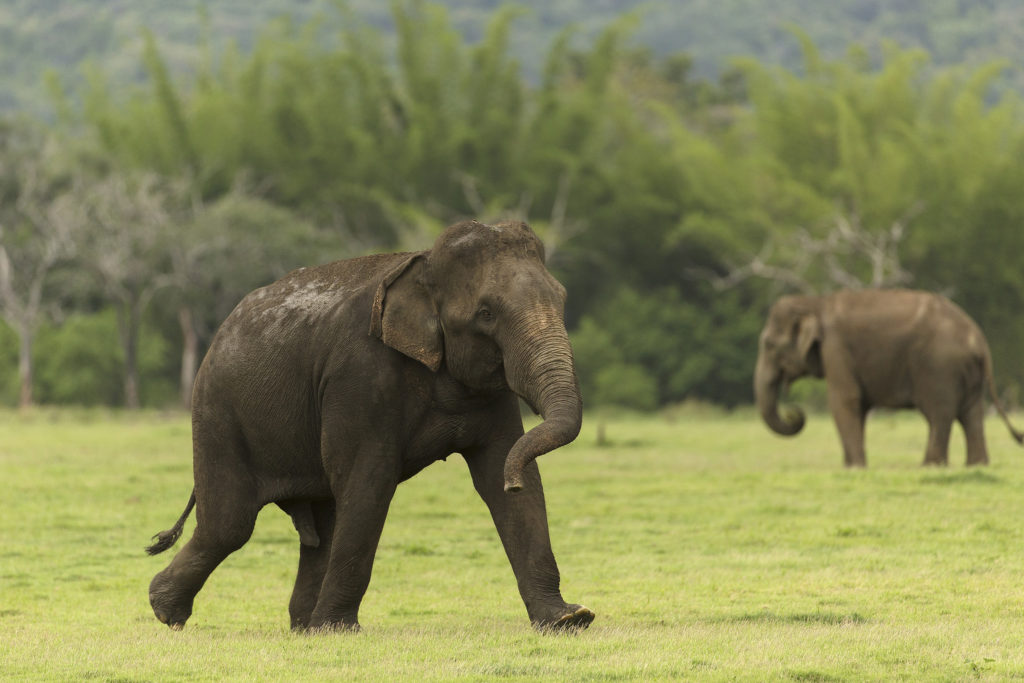
Lots of people who like photography focus on nature and wildlife photography. This type is both challenging and incredibly reward. Today, with DSLR cameras being readily available, most people can dabble in it. As for those interested in the cinematic style of capturing wildlife for commercial or private purposes, try to rent Super Baltar equipment and step your game up in the field. However, if someone wants to learn about wildlife photography, they will usually be told about the technicality of their camera. For professionals like Allen R Harman, however, subject sensitivity, lighting, and composition is far more important. It is about being creative, not technical, in other words.
Five Top Tips for Beginners
The following tips may be of benefit to you if you want to learn about wildlife photography:
- Get down to the eye level of the subject. This creates a connection between the viewer and the subject, making the viewer feel as if they are inside the world of the subject. This may mean getting down on the ground and in the mud, particularly if your subject is something small like frogs or lizards.
- Focus on the eyes. What you do when you get down to eye level is create eye contact. Hence, you must position the eyes properly in the picture. Make sure they are clear and sharp, rather than lost in shadow or out of focus. If your subject turns its eyes away or blinks, retake the picture because there will not be a connection. In fact, most of the subject’s body can be hidden or out of focus, so long as the eyes are good.
- Don’t let the background overshadow the subject. While some details in the background can be good, if there is too much clutter, it won’t work. Always ask yourself whether any element inside your frame makes the picture better. If not, then it makes it worse, so get rid of it.
- Use your background, if it is a good one, to your advantage. You don’t always have to have a closeup of a subject in order to get a good picture. However, if you want more of the background in, perhaps because it creates an unusual effect or because the background is beautiful in and off itself, you will need to apply the principles of landscape photography, not wildlife/nature photography.
- The light is your friend. Simple mistakes, like shadows or glares, can ruin your entire photograph. On a sunny day, early morning and late afternoon is the best time for pictures as the light will be warm in color and soft at the same time.
With these five tips, you should be able to take some amazing photographs, even if you don’t understand anything about the technical elements of your camera. In fact, you can even take amazing pictures with a poor quality camera, instead of an expensive DSLR. Of course, a good camera does help, not in the least because it will enable you to take lots of pictures. Even the greatest photographers don’t take just one shot and have a winner each time. They take hundreds of shots and pick out the best ones.


